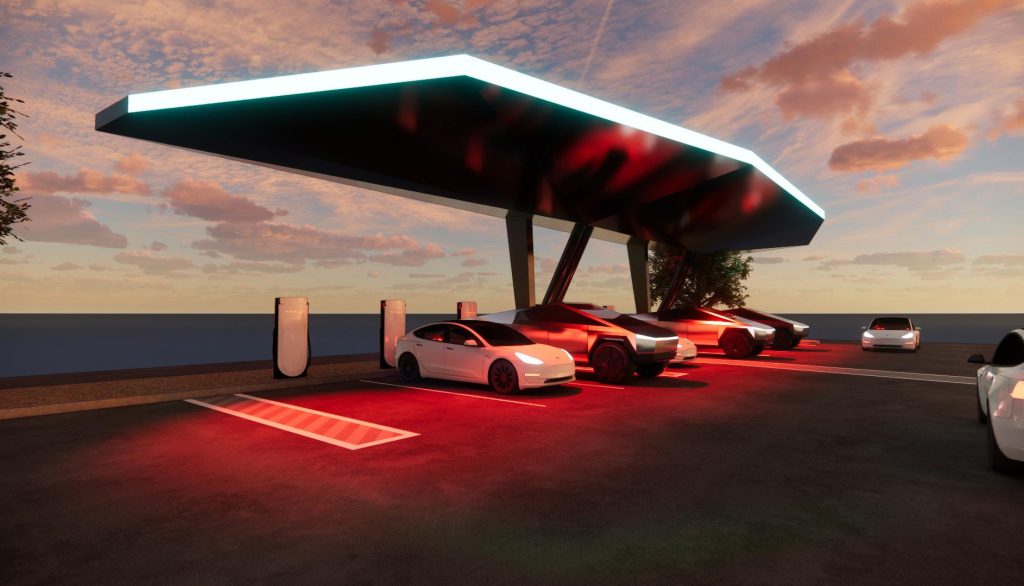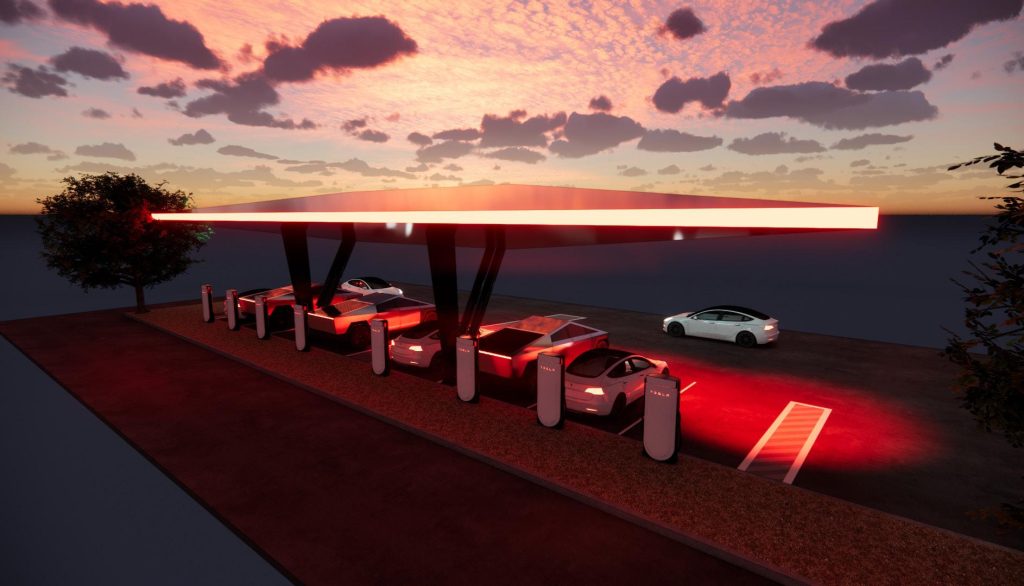News
Obama joins Musk’s call for humanity to become a multi-planetary species
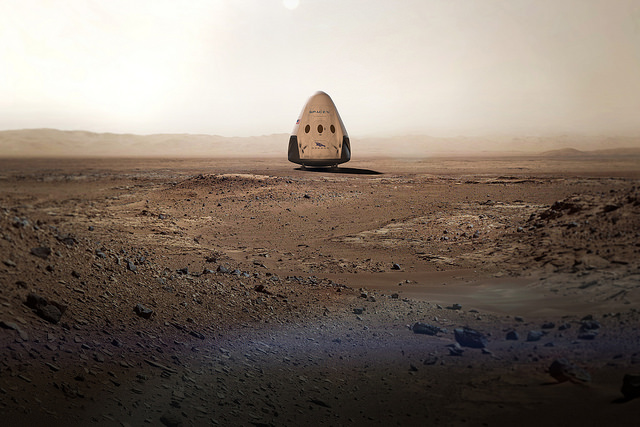
President Obama joined the call for humanity to become a multi-planetary species.
“We have set a clear goal vital to the next chapter of America’s story in space: sending humans to Mars by the 2030s and returning them safely to Earth, with the ultimate ambition to one day remain there for an extended time,” the President said in an op-ed piece published by CNN. “Getting to Mars will require continued cooperation between government and private innovators, and we’re already well on our way. Within the next two years, private companies will for the first time send astronauts to the International Space Station.”
Obama’s statement comes shortly after Musk gave a talk at the International Astronautical Congress in Guadalajara, Mexico in which he set forth his plan for colonizing Mars. According to Musk’s vision, SpaceX’s largest and most powerful rocket ever built will carry 100 settlers to the Red Planet. Crew will build a fuel processing facility on Mars that will provide a source of power for the inhabitants and SpaceX’s Interplanetary Transport System that will transport humans from Mars back to earth.
Following the president’s editorial on humans taking the giant leap to Mars, SpaceX spokesperson Phil Larson told The Observer, “SpaceX was founded with the ultimate goal of helping make humans a multi-planetary species. As Elon said at his recent talk, it will take a combination of public and private efforts to build a self-sustaining city on Mars. It’s exciting to see President Obama advocate for the next frontier in human spaceflight, and we look forward to participating in the journey.”
Obama will convene the White House Frontiers Conference in Pittsburgh later this week. Hosted by Carnegie Mellon University and the University of Pittsburgh, the conference will bring together “America’s leading scientists, engineers, innovators and students in Pittsburgh to dream up ways to build on our progress and find the next frontiers,” the president said.
SpaceX is not the only company pushing a Mars agenda forward. NASA is developing a Space Launch System to be used with the Orion spacecraft created by Lockheed Martin. The plan is to set up a “Mars Base Camp” space station in Martian orbit using SLS and Orion rather than going straight to landing people on the surface of Mars. That effort is targeted for sometime after 2030.
Not to be left behind, Boeing’s CEO Dennis Muilenburg stated last week that his company will be the first to transport humans to Mars. In addition, he foresees at number of tourist destinations orbiting the earth that people will be able to fly to in order to leave their earthly cares behind.
Getting to Mars will require cooperation from many public and private organizations. Competition is good, but building three different rockets and three different space transport systems would seem to be wildly inefficient. No doubt there will be some convergence between the various programs over time.
But Musk, as usual, is the one pushing the envelope the furthest and the fastest. He plans to send an unmanned mission to Mars as early as 2018 and expects the first Mars colony to be operational within a decade. SpaceX may need the help of NASA and others to meet its goals, but there is no question that, when it comes to Mars, Elon Musk plans to get there first.

Elon Musk
Tesla is building a new UFO-inspired Supercharger in the heart of Alien country
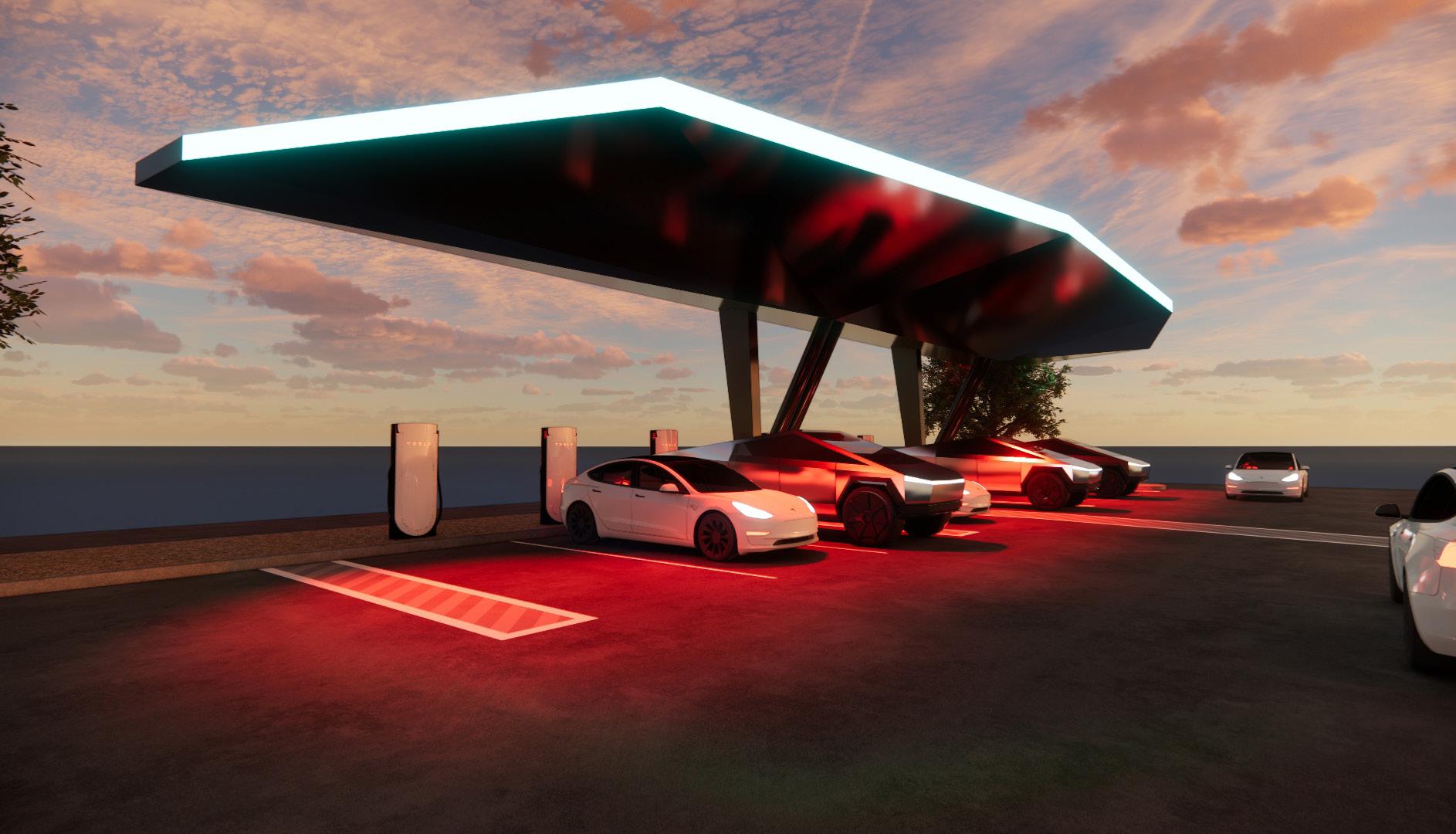
Tesla is planning to build a new UFO-inspired Supercharger in the heart of Alien country — Roswell, New Mexico.
Back in 1947, a crash of debris led to rumors of an alleged crash of a UFO just 75 miles north of Roswell near Corona, New Mexico. The crash was officially noted as the recovery of a military balloon, but over the years, speculation persists that the “flying disc” many saw might have been extraterrestrials trying to make contact with Earth.
As a result of the 1947 crash, Roswell has adopted it and used it as the inspiration for much of its tourism. As Tesla is planning to build a Supercharger in the area, it is using the same sort of inspiration for the location, which will feature just eight charging stalls located under a CyberCanopy.
It was first spotted by MarcoRP, a noted Supercharger permit insider:
A new Supercharger is coming soon to Roswell, New Mexico!!
Tesla is currently planning a Cyber-UFO themed station at the Whataburger on N Main St.
The site will feature 8 charging stalls, located under a CyberCanopy with RGB fixtures and a 20.88kW solar array. pic.twitter.com/4BOyM1iuTx
— MarcoRP (@MarcoRPi1) April 2, 2025
Here are some better pictures of the design:
- Credit: MarcoRP | X
- Credit: MarcoRP | X
Tesla’s Head of Charging for North America, Max de Zegher, confirmed that the site will be inspired by the events near Roswell in 1947. He noted that Tesla “wants to build a few Superchargers cool enough to be worth of the trip itself.”
This will undoubtedly be one of those locations, and along with the Tesla Drive-in Diner Supercharger in Santa Monica, it seems the company could be moving toward some more unique designs for the future, making the charging experience more fun and interesting for owners:
We want to build a few Superchargers cool enough to be worthy of the trip itself. Wish we could have kept it under wraps for longer, but submittal was needed for Planning Approval. We can’t hide anything from @MarcoRPi1! 🙂 pic.twitter.com/X2WaKDd408
— Max de Zegher (@MdeZegher) April 2, 2025
Elon Musk
This Tesla vandal caused thousands in damage, but she was let off the hook: Here’s why
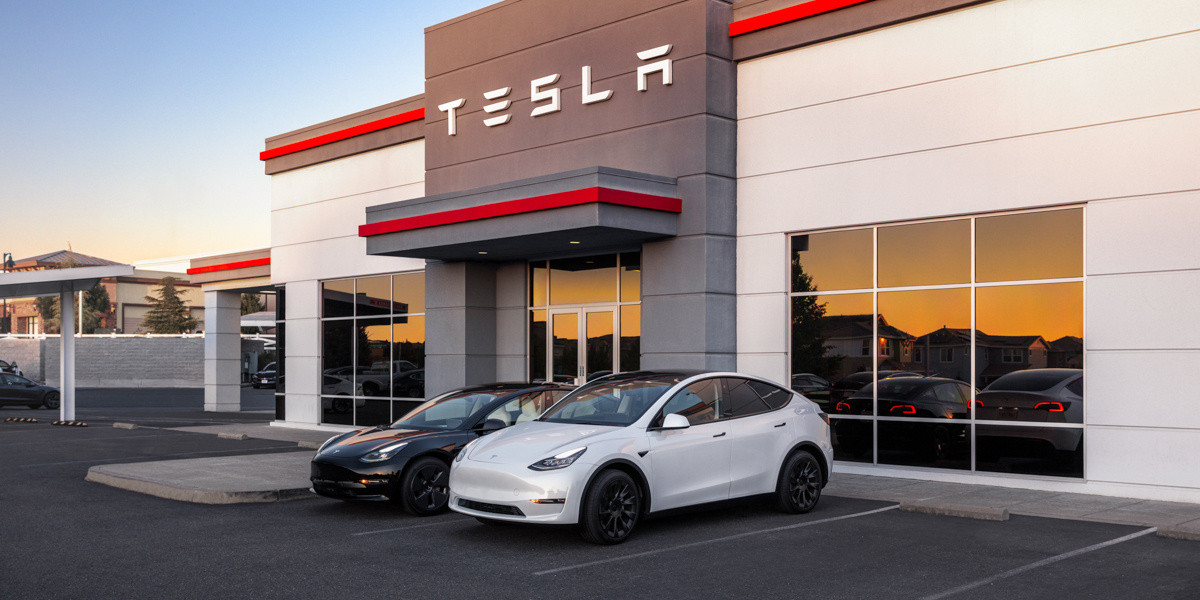
A Tesla vandal in Bloomington, Minnesota, caused $3,200 in damages to a car after keying it. However, the local police department, as well as the owner of the Tesla, let her off the hook.
As a Tesla sat in the parking lot of a Cub Foods grocery store, it was damaged in an act of vandalism that we are unfortunately seeing all too frequently. Police managed to locate the woman responsible for the damage, aiming to hold her responsible for the scrapes she applied to the vehicle.
However, in an act that many might not be able to perform, the owner of the Tesla did not want to pursue any criminal charges. Instead, they just wanted their car fixed.
Police Chief Booker Hodges said (via Minnesota Star Tribune):
“The victim in this case just wanted their car fixed, and they just wanted the suspect to pay for that. Based on the totality of the circumstances here, and along with our core value of being compassionate, this is the best outcome for everybody involved in this case.”
It was an incredible act of forgiveness, as many of those who have had their Teslas damaged in response to CEO Elon Musk likely would not have been able to do the same thing. One person who had their vehicle keyed filed a civil lawsuit against the vandal, who damaged their car while it was parked at Dallas-Fort Worth International Airport, seeking $1 million in damages.
Chief Hodges finished his remarks about this specific situation by calling out the leaders who have spread a hateful narrative about Musk and Tesla, and the company’s vehicle owners as well:
“We need our leaders to start leading and stop feeding this rhetoric. People should be able to drive whatever car they want without fear of going into a store and someone scratching their car or people yelling at them because of the car that … they choose to drive. It’s time for all of us, you know, just to start getting along and knock this stuff off, man. People should be able to be left alone.”
While Chief Hodges did not mention anyone specifically, Minnesota politician and former VP candidate Tim Walz said earlier this month that he “gets a boost” when Tesla stock falls. He later retracted his statement by stating it was just a joke.
News
Tesla Model Y tops Norway sales despite low Q1 delivery results
The new Model Y ended March as Norway’s top-selling vehicle for the month, with 1,819 units sold.

Tesla did not meet delivery expectations in the first quarter of 2025, and a huge reason behind this was the changeover to the new Model Y in Giga Texas, the Fremont Factory, Giga Shanghai, and Giga Berlin.
Despite Tesla’s disappointing Q1 vehicle delivery results, the new Model Y still made a significant impact in key markets such as Norway.
The new Model Y’s Norway Comeback
While sales of the new Model Y in January and February were low in Norway, the vehicle saw a lot of momentum as soon as deliveries of the updated all-electric crossover started. This resulted in the new Model Y ending March 2025 as Norway’s top-selling vehicle for the month, with 1,819 units sold.
Over the course of Q1 2025, Tesla was able to sell a total of 2,792 Model Y units. That was enough to also make the all-electric crossover Norway’s best-selling vehicle in the first quarter. This is quite an impressive feat for Tesla, especially since sales were throttled during the quarter due to the company’s changeover to the new Model Y.

Tesla in Other European Markets
Tesla’s results in Europe during the first quarter were a mixed bag. In Germany alone, Tesla saw 4,935 vehicles sold in Q1 2025. As per the German road traffic agency KBA, Tesla’s sales in March dropped 42.5% to 2,229 units year-over-year. This was despite overall EV registrations rising 35.3% during the month.
In Italy, new vehicle registrations rebounded 51% in March from the previous year to 2,217 units, as per data from the Transport Ministry. This is still quite impressive considering that Tesla has become a very polarizing carmaker in Europe, thanks in no small part to CEO Elon Musk’s politics and close relation to U.S. President Donald Trump.
-

 News2 weeks ago
News2 weeks agoTesla aiming to produce first “legion” of Optimus robots this 2025
-
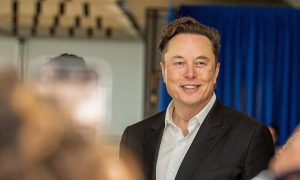
 Elon Musk1 week ago
Elon Musk1 week agoTesla CEO Elon Musk’s simple message to vandals
-

 Elon Musk2 weeks ago
Elon Musk2 weeks agoElon Musk confirms two measures Tesla is taking to fight vandalism
-
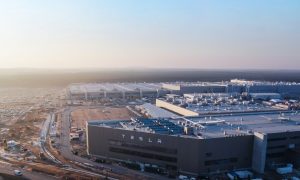
 News2 weeks ago
News2 weeks agoTesla’s Giga Berlin director responds to anti-Musk criticism
-

 Elon Musk1 week ago
Elon Musk1 week agoTesla vandal who lit Las Vegas repair center on fire arrested
-

 Elon Musk1 week ago
Elon Musk1 week agoElon Musk clarifies Trump tariff effect on Tesla: “The cost impact is not trivial”
-

 News2 days ago
News2 days agoTesla shares Optimus’ improved walk in new update video
-

 Elon Musk1 week ago
Elon Musk1 week agoTesla vehicles hit by ATV, suspect caught by Sentry Mode
